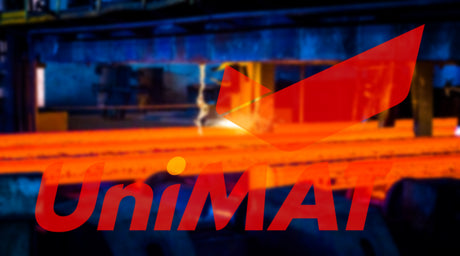
UniMAT's Reliable Integration in the Metallurgical Industry: A Case Study
By UniMAT
Introduction:The metallurgical industry relies on advanced automation systems to optimize production processes, ensure safety, and enhance efficiency. This case study highlights the successful collaboration between UniMAT, a fictional service company...




